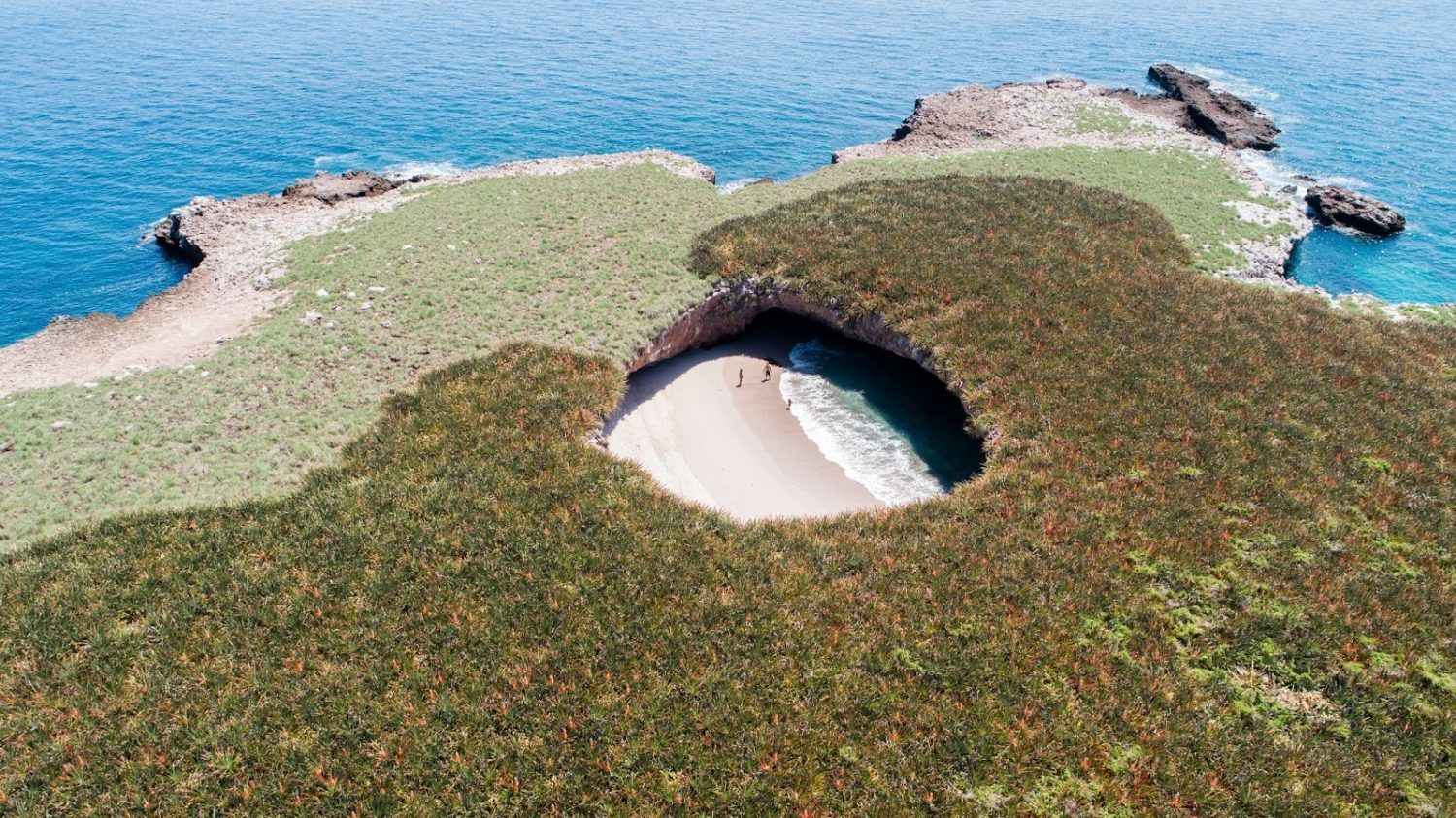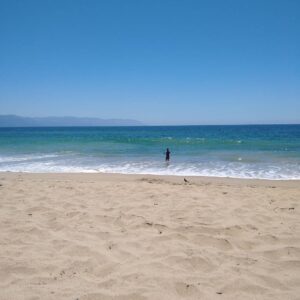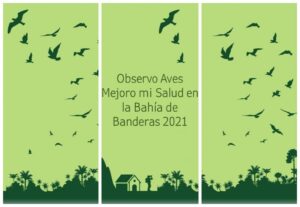This jewel of the Mexican Pacific Treasure is a paradise in which nature truly surprises.
The Islas Marietas National Park is one of the treasures of the Mexican Pacific Treasure, as the Riviera Nayarit is also known. Together with its Playa del Amor they have become the icon of this tourist destination. However, despite its fame, its undeniable beauty and the excitement it arouses in travelers, Playa del Amor is really not the only attraction of this place full of wildlife and adventure. There is much more!
First of all, you should know that this archipelago located in the Bay of Banderas, 8 km from Punta de Mita, is made up of two islands dating back about 60,000 years as a result of volcanic activity: La Isla Redonda, where the beach of love, and Isla Larga, where La Nopalera beach and other attractions are located. There are also two islets and other minor mounds. The entire complex has a total area of 1,383 hectares, of which only 1,305 hectares are open to tourists.
The Islas Marietas National Park was designated a Protected Natural Area on April 25, 2005.; three years later it was named a Biosphere Reserve by UNESCO (CONANP, 2008). In addition to being internationally recognized as a Ramsar Site in 2004 (Wetland of international importance for its biodiversity and as a bird habitat), which makes it a privileged place to visit, but one that must also be respected and cared for.
Would you like to know the great biodiversity of the Islas Marietas National Park and its natural attractions? Keep reading.

La Nopalera Beach
We begin our tour with a small beach with crystalline waters and soft white sand located on Isla Larga. It is called Playa La Nopalera, which surely owes its name to the groups of nopal plants that are found at the top of the island.
This beach forms only a few times a year, due to the marine currents, its access is limited and with restrictions. First of all, it can only be visited by 120 people a day And if you want to take a dip in its wonderful waters, you should avoid using sunscreen, repellents, and sunscreen. To get here it is necessary to use a life jacket, as a mandatory form of prevention. Another requirement is to have an authorized guide who will provide you with a bracelet that has an extra cost.
It is important if you visit this beautiful natural area, that you follow the instructions of the guides and take care of it, so that it continues to be admired by more people. Remember, "what is known is wanted, what is wanted is cared for".
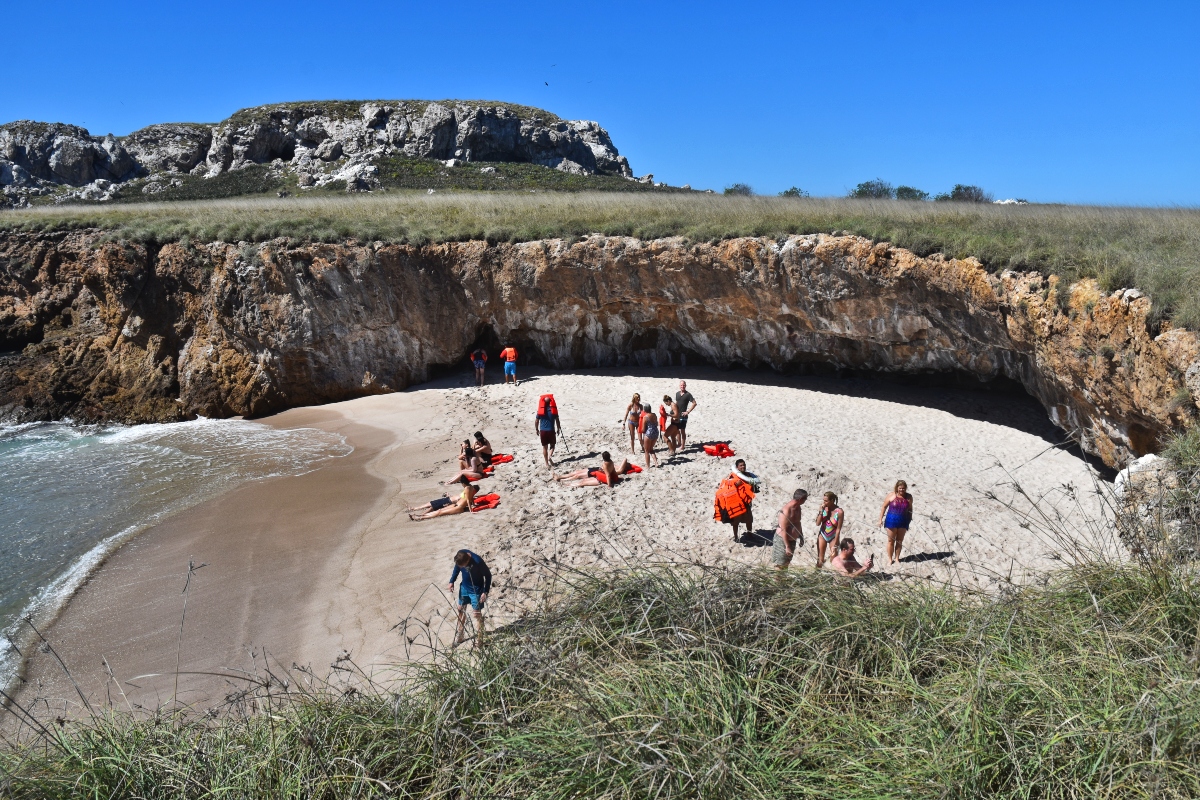
La Nopalera beach in the Marietas Islands.
From the "Stone Arch" to the "Cave of the Dead"
Long Island also offers a wide variety of interesting, photo-worthy features, including:
- The "Stone Arch"
- The "Cave of the Dead"
- "The steps"
- "The mooring"
- As well as a place that local guides call "La bufadora"
“La bufadora”, a marine siphon fed by intense waves, which becomes an explosion of steam and spray splashing the curious who come to take pictures from the boats. On this beach there are also several very peculiar rock vaults or caves because they offer a spectacular view of the sea, highlighting a large one that has access from the interior part of the Island. It is something truly amazing!
If you have already been to Playa del Amor or, you could not access it due to restrictions (Remember that since 2014 the beach has limited entry to tourists and only 116 people can visit it per day; in addition to the fact that it is closed on Mondays and Tuesdays ), a tour of the Long Island is just as rewarding.

interpretive trail
Four years ago, the National Commission for Natural Protected Areas (CONANP) opened a 300-meter-long interpretive trail in La Nopalera, which at that time was said to be a good option for tourists and locals interested in sustainable tourism. Although the trail is not currently open to the public, the truth is that it is a wonderful option from which to appreciate all the scenic beauty of the park.
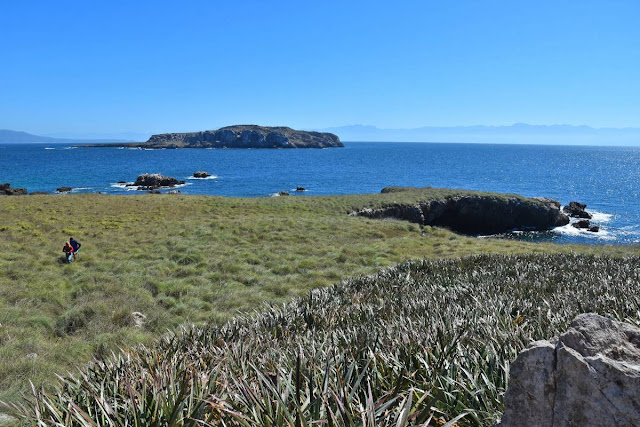
Reptiles such as the black iguana or garrobo (Ctenosaura pectinata), the green iguana (Iguana iguana) inhabit the place; snakes such as the night snake or cat's eye (Hypsiglena torquata) and the neotropical chirping snake (Masticophis mentovarius varilosos). There is also vegetation, of the grass type, and vines.
Today CONANP is still in charge of the trail and it is only used by park personnel and authorized researchers.
great biodiversity
The Islas Marietas National Park contains the most important reef formations in the Bay of Banderas. Biologist Amílcar Cupul reports more than 10 hermatypic coral species for the area. On the other hand, around the islands you can find species such as: the giant manta (Manta birostris), the spiny ray (Dasyatis brevis), the hammerhead shark (Sphyrna lewini), the silky shark (Carcharhinus falciformis) and the bull shark (Carcharias taurus). It is also an important site for the reproduction of the humpback whale (Megaptera novaeangliae) and other species of cetaceans, as well as dozens of species of seabirds that throw their cries into the wind, creating a symphony of trills and diverse sounds.
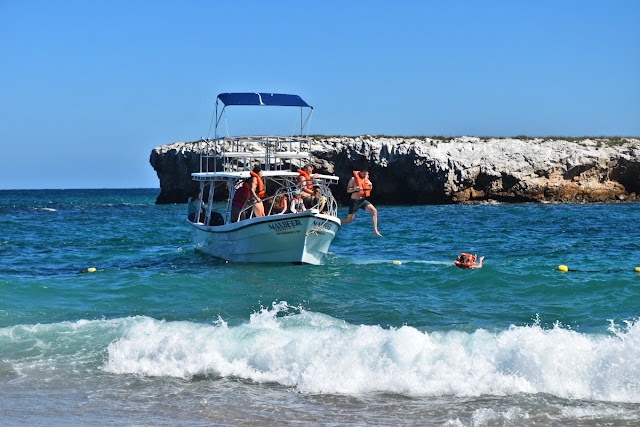
How to get?
To get to this nature sanctuary you can hire the services of authorized boats, yachts or tours that make the journey from Nuevo Vallarta, La Cruz de Huanacaxtle, El Anclote, Sayulita or Lo de Marcos, in Bahía de Banderas, or from Puerto Vallarta, in the neighboring state of Jalisco. In the region there are several qualified companies that carry out the tours who will accompany you in this extraordinary experience.
Remember, The Treasure of the Mexican Pacific will be here when the COVID-19 health contingency ends. Meanwhile: #AtHomeWithRivieraNayarit
Original article: Riviera Nayarit Blog – Convention and Visitors Bureau
- Huichol Handicrafts: The best and most beautiful in Mexico - 11 April 2023
- Compostela, Mexico's magical town that evokes Spain - 28 March 2023
- Nuevo Vallarta, where action and relaxation meet - 10 March 2023

